The art nouveau glass of Emile Galle
Émile Gallé (1846 - 1904) was an artist and designer who worked primarily in glass. He is noted for his designs of Art Nouveau glass art but also in furniture, and is considered to be a leader of the whole Art Nouveau movement, exploring the boundaries of what art could be.
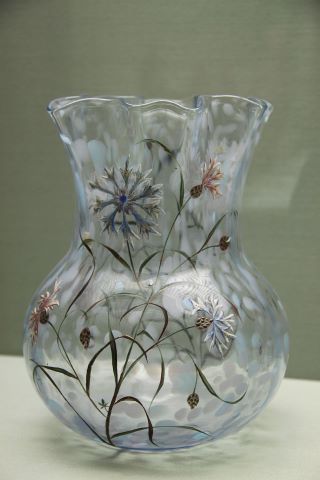
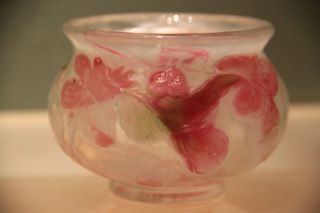
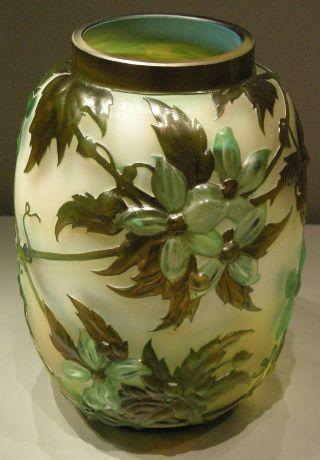
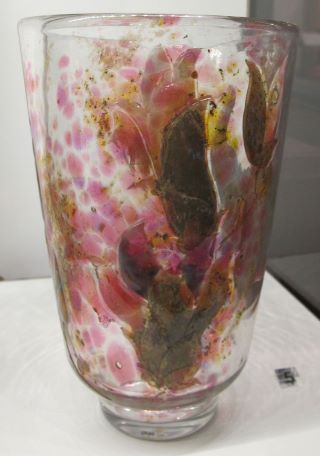
He was born 8 May 1846 in Nancy, in north western France.
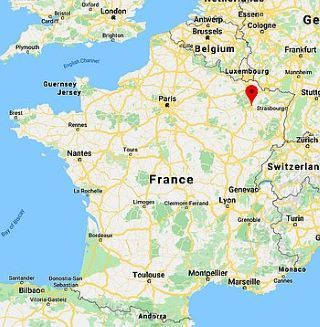
Emile Galle had a number of influences in his life which all converged together, leading him to later produce such distinctive glassware. His father, Charles Gallé, was a merchant of glassware and ceramics who was quite an innovator himself. His wife’s father also owned a factory in Nancy which manufactured mirrors. Charles Galle took over the direction of his mother's family business, and began to manufacture glassware with a floral design. Charles also took over a struggling faience factory and began manufacturing new products. 1 (Faience is earthenware decorated with opaque coloured glazes. You can learn more about that if you click here.)
It was into this artistic and manufacturing environment that Emile Galle was born. Initially, he studied philosophy and natural science, which he loved, but then, at the age of sixteen he went to work for the family business as an assistant to his father. He learnt how to make floral designs and emblems for both faience and glass. He also continued his studies in natural sciences, and botany in particular, learning from the director of the Botanical Gardens of Nancy. He collected both local plants and from further afield, such as Italy and Switzerland. He also took courses in painting and drawing, and made numerous drawings of plants, flowers, animals and insects, which became subjects of his decorations. 1
In 1862 Emile Galle went to Weimar in Germany to continue his studies in philosophy, botany, sculpture and drawing. In 1866, knowing he would inherit the family business, he went to work as an apprentice at the glass factory Meisenthal, and made a serious study of the chemistry of glass production. During this time he became acquainted with the painter, sculptor and engraver Emile-Victor (Victor) Prouvé, an artist of the romantic "troubadour" style, who he stayed friends with for the rest of his life. Together, they established the École de Nancy or Nancy School, a movement of design in the city of Nancy, France.
Emile’s glassware learnings were interrupted by the Franco-Prussian War in 1870. He served in the military, but luckily survived the French defeat in 1871. After the war, he decided to broaden his education further and went to London, where he represented his father at an exhibition of the arts of France. He then went to Paris, visiting the Louvre and Cluny Museum, studying examples of ancient Egyptian art, Roman glassware and ceramics, and especially early Islamic enamelled glass, a technique which influenced his own later work. After further travel to Switzerland and Italy, he returned to Nancy and established his own workshop at the glass factory. His father Charles continued as head of the company, but Émile gradually took charge of the design and production. 1 In 1874 he took over control of the family glass business.
Galle began experimenting with coloured glass, attempting to improve the range of colours without diminishing the transparency of the material. These early experiments culminated in the vivid blue glass, created by means of cobalt oxides, which came to the attention of the discriminating public at the Exposition Universelle in 1878 in Paris, where he received four gold medals. 2
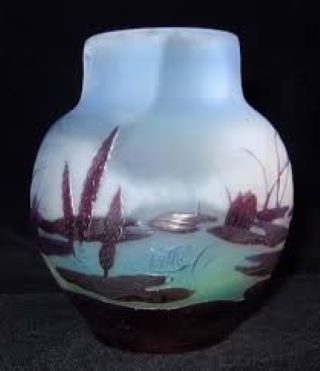
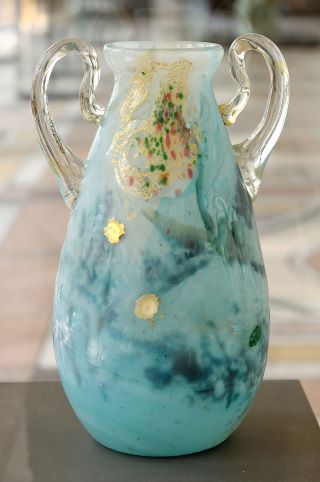
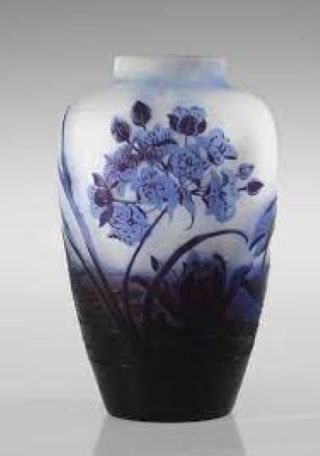
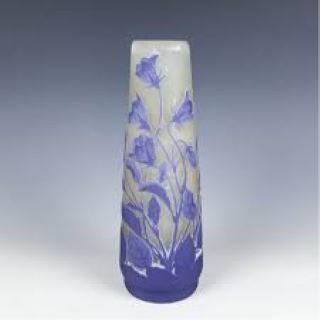
At the Exposition Universelle of 1889 in Paris his glass art became the icon of the Art Nouveau movement .
Soon after, he also opened a carpentry shop employing cabinet makers to produce furniture, specialising in marquetry using botanical themes as his inspiration.
Isn't the inlay in the examples below just exquisite?
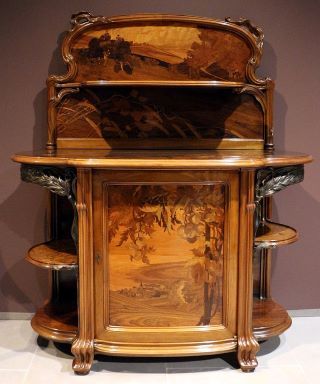
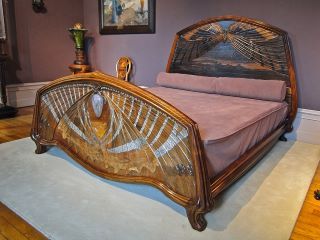
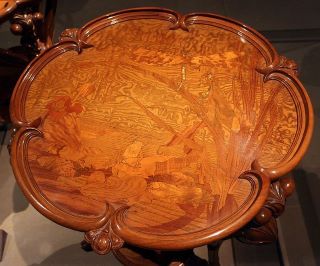
In the ensuing decade, he continued to experiment with various colours, eventually achieving success with the full range of colour from deep purple to bright orange. Throughout his long career, however, Galle was pre-occupied with the decoration of glassware rather than the manipulation or transformation of the substance itself. Galle's finest glassware was produced at the turn of the century. Galle always signed his works "Galle," by engraving, acid-etching or in enamel.
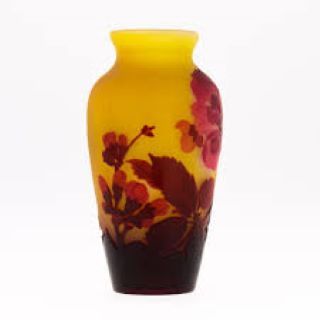
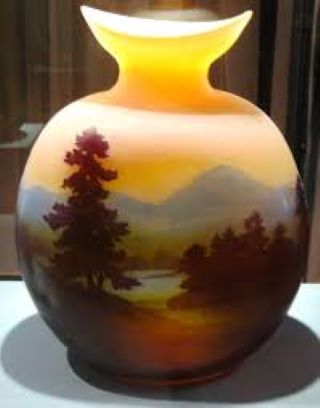
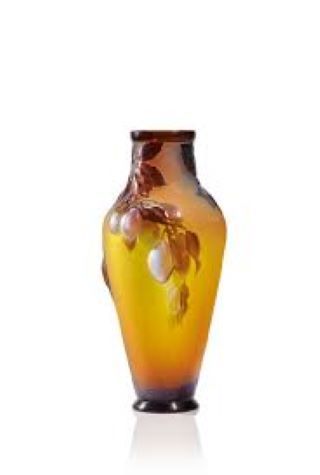
By the time of his death in 1904, his workshop had become a highly successful business with a considerable output, and his work is still highly sought after, and very valuable, today.
For the next ten years after his death, Galle's friend, the painter Victor Prouve, continued to run the business, with each piece still signed with the word "Galle" but preceded by a small star.
Production was stopped at the beginning of World War One and started up again in the 1920’s. But despite the introduction of its highly coveted line of mould-blown cameo glass lamps and vases during this time, the company struggled to achieve its previous success and momentum and finally closed in 1935.
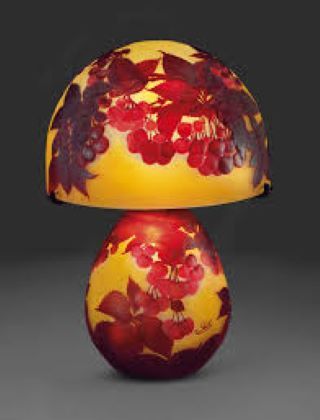
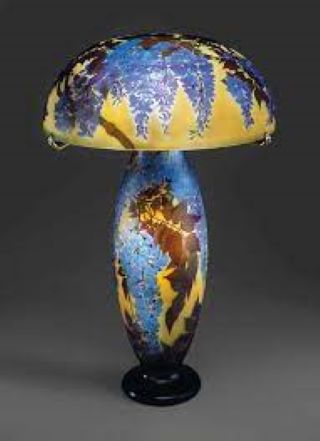
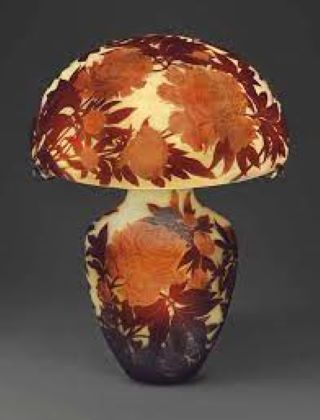
Like the other famous French glass maker, René Lalique, the man and the brand are considered one and the same. We will learn about Lalique shortly.
I can also see influences of Galle in the some of the early designs of William Moorcroft's pottery^ – what do you think?
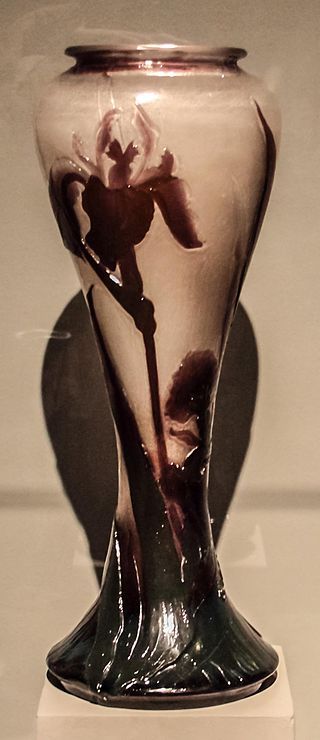
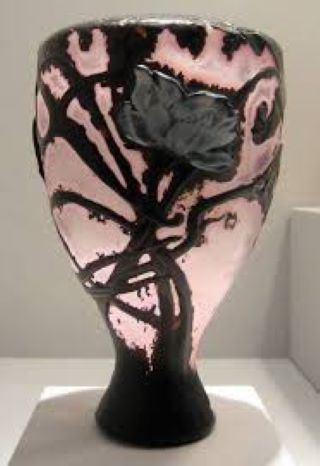
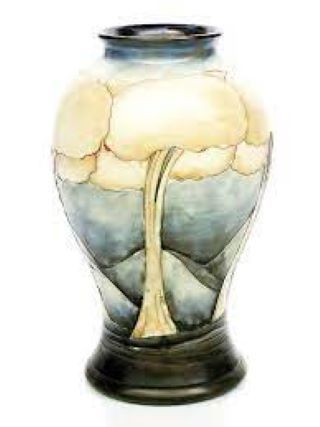
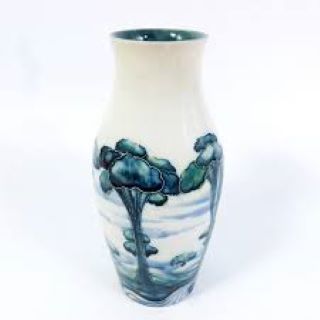
Today, one of the best public collections of Gallé glass and ceramics, comprising more than 400 works, can be found at the Musée de l’École de Nancy, in France, if you ever happen to be in the area!
Footnotes
With thanks to
- Invaluable.com
- Carters.come.au
^If you wish, click here to revisit our previous posts on Moorcroft Part 1 and Part 2.
Late Mail
We are delighted to welcome Caroline in the U.K. who has just joined the AnArt4Life blog community.
And sorry that the Comments box is missing at the moment from the posts but the Interwebs Wizard Matt Cameron is busily upgrading the blog software and the Comments have been stored in his garden shed to be brought back as soon as all the maintenance is over. Thank you Matt for looking after us so well for the past 5 years and for looking after my internet needs for about 15 years. If you are interested in writing a blog please check out https://www.influencer.tips for guidance.
